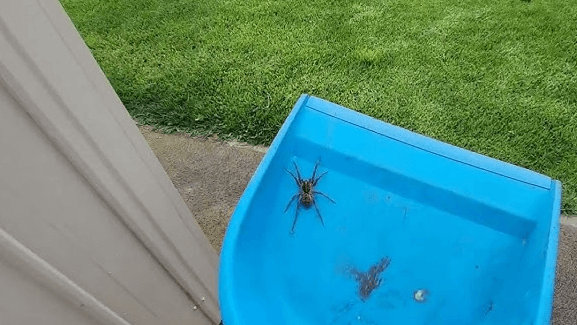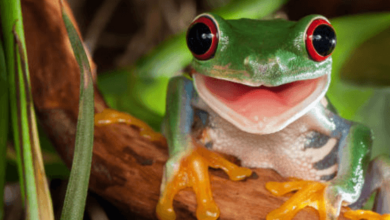Baby:7pbwqladmxu= Wolf Spider
The life cycle of the wolf spider presents a fascinating study of maternal care and survival strategies within arachnids. Notably, the early dependence of spiderlings on their mother offers insight into the dynamics of predator-prey relationships and environmental adaptability. As these young spiders cling to their mother for protection, one cannot help but wonder how this nurturing behavior influences their development into solitary hunters. Furthermore, Baby:7pbwqladmxu= Wolf Spiderexploring the habitats and unique hunting techniques of mature wolf spiders reveals an intricate balance between vulnerability and resilience in the natural world.
Life Cycle of Wolf Spiders
The life cycle of wolf spiders (family Lycosidae) consists of several distinct stages that contribute to their adaptability and survival in diverse environments.
Read also Primus Solicitors Immigration Services: Expert Help for Your Immigration Needs
During mating behavior, males exhibit elaborate courtship rituals to attract females. Following successful copulation, females demonstrate specific prey preferences for nurturing their offspring, ensuring optimal nutrition.
This strategic approach significantly enhances the survival rate of the next Baby:7pbwqladmxu= Wolf Spidergeneration in fluctuating ecosystems.
Habitat and Distribution
Wolf spiders are commonly found in a wide range of habitats across the globe, showcasing their remarkable adaptability.
Their habitat preferences include grasslands, forests, and wetlands, allowing them to thrive in diverse environments.
The geographic range of these arachnids extends from temperate to tropical regions,Baby:7pbwqladmxu= Wolf Spider illustrating their ability to occupy various ecological niches and maintain population stability in fluctuating conditions.
Unique Hunting Techniques
Adapted to diverse habitats, wolf spiders employ unique hunting techniquesBaby:7pbwqladmxu= Wolf Spider that reflect their evolutionary advantages in various environments.
Utilizing stealthy ambush strategies, they capitalize on their exceptional agility and keen sensory capabilities for prey detection.
By remaining motionless and camouflaged, they effectively minimize detection by potential prey, ensuring a successful capture.
These techniques exemplify their adaptability and efficiency as predators in the wild.

Maternal Care of Baby Spiders
Maternal care in wolf spiders is a critical aspect of their reproductive strategy, Baby:7pbwqladmxu= Wolf Spidersignificantly impacting the survival rates of their young.
Read also Logo:1dyfygcamn8= Target Icon
Exhibiting strong maternal instinct, female wolf spiders carry their spiderlings on their abdomens until they are ready to disperse. This behavior enhances spiderlings’ survival by providing protection from predators and environmental hazards, thereby increasing the likelihood of successful maturation and reproduction.
Conclusion
The intricate life cycle of wolf spiders culminates in a striking irony; despite being solitary hunters as adults, their survival initially hinges on maternal care. The transition from vulnerable spiderlings, dependent on maternal protection, to independent predators illustrates a complex evolutionary strategy. This dependency, seemingly at odds with their eventual autonomy, underscores the adaptability of wolf spiders. Such paradoxes in nature reveal the nuanced dynamics of survival, highlighting how vulnerability can foster resilience in the wild.






